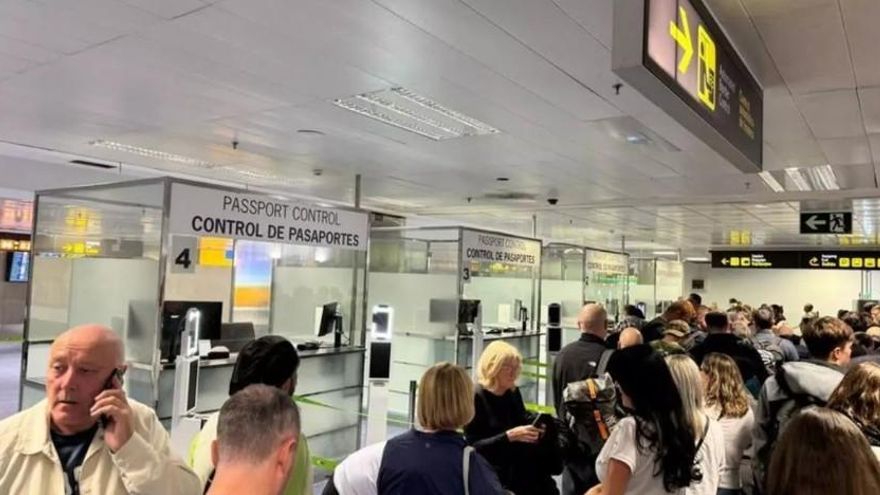A historic investment for canarian skies
In a landmark announcement on Thursday, September 18th, the Spanish central government unveiled a massive €13 billion investment plan for the nation’s airport network. A significant portion of this funding, €1 billion, is earmarked specifically for crucial upgrades to airport facilities across the Canary Islands. This move confirms a commitment made by AENA (Spanish Airports and Air Navigation) to the Canary Islands government back in June, ensuring that the new Airport Regulation Document (DORA III) would bring the largest-ever investment from the airport authority to the archipelago.
Major terminal overhauls on the horizon
The crown jewels of this investment plan for the 2028-2031 period are the comprehensive remodeling of both Tenerife South and Tenerife North airports. These two projects, long demanded to improve the first impression for millions of visitors to the island, will account for a staggering €800 million. Furthermore, the published AENA documents also include plans for the expansion of Lanzarote Airport’s terminal, which will enhance the check-in area, security controls, boarding gates, and baggage reclaim facilities.
Addressing a long-standing demand
These three projects were highlighted by the regional government as fundamental, and their inclusion finally answers a historical demand for modernized airport infrastructure in the islands. Canary Islands business associations have spent years calling for improvements to alleviate the chronic congestion that plagues the region’s airports, a situation that was becoming increasingly unmanageable. The island airports closed 2024 with a new passenger record, a number that has already been surpassed this year. By August, these facilities had registered 36.4 million users, a 5% increase over the previous year.
The double-edged sword of success
While rising passenger numbers are a positive sign of a strong, in-demand destination, they come with a significant downside: greater saturation of facilities that, in many cases, are years behind on necessary expansions. Lanzarote and Tenerife North airports are operating near maximum capacity, while Tenerife South has frequently displayed scenes of overcrowding that are at odds with the prestige of a world-class tourist destination like the Canaries. Long waits and extensive queues have become increasingly common.
An urgent need for action
This situation urgently required measures for change, especially when considering that the Canary Islands airports—particularly those on the capital islands of Tenerife and Gran Canaria, plus Lanzarote and Fuerteventura—are among those moving the highest volume of passengers in Spain. Consequently, they are also among the largest contributors to AENA’s revenue through fees and concessions. Regional Minister of Public Works, Housing and Mobility, Pablo Rodríguez, stated, “This investment is going to be a stimulant and will do justice to what we have been demanding for many years.” He highlighted that the Canary Islands Government has been working intensely with AENA for years to secure a worthy budget for an airport network that moves millions of tourists and residents and is “one of the most profitable in the entire country.”
Understanding the scale of the investment
The relevance of AENA’s planned investment in the archipelago during the five-year span of the next DORA becomes clear when compared to previous documents. The first DORA allocated €300 million for planned actions in the islands’ airports. The second document didn’t even reach that amount. Therefore, the inclusion of expansions for these three terminals directly addresses a situation that could also soon impact other airports in AENA’s Canary Islands network.
Future-proofing the entire network
While other infrastructures are not yet at such critical levels of saturation—such as Gran Canaria, the largest airport in the archipelago, where a previous expansion created more breathing room—the gap is narrowing as passenger numbers continue to grow. Beyond the major works at Tenerife South, Tenerife North, and Lanzarote, the DORA also includes actions for the rest of the Canary Islands’ airports. The exact value of these additional investments is not yet detailed, as last Thursday’s announcement by the central government reflects AENA’s initial proposal. This proposal must now be debated with airlines and regional and local administrations before the final Airport Planning and Regulation Document is approved by the Council of Ministers.

